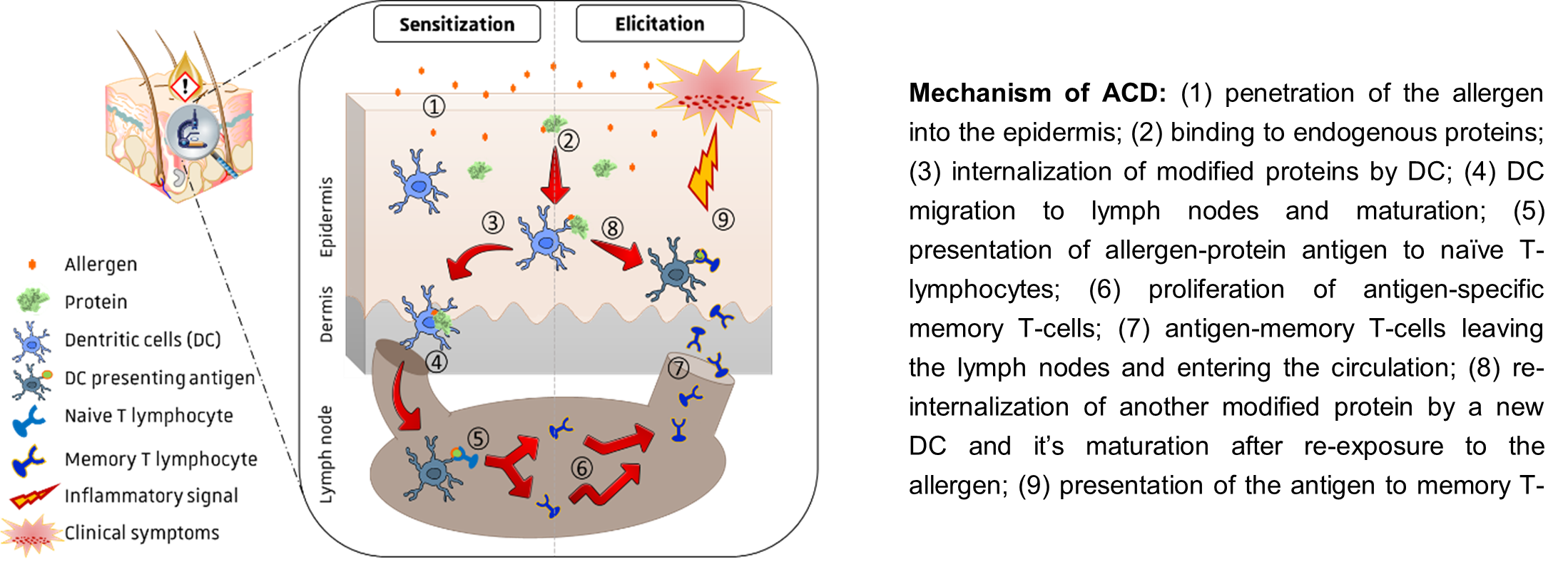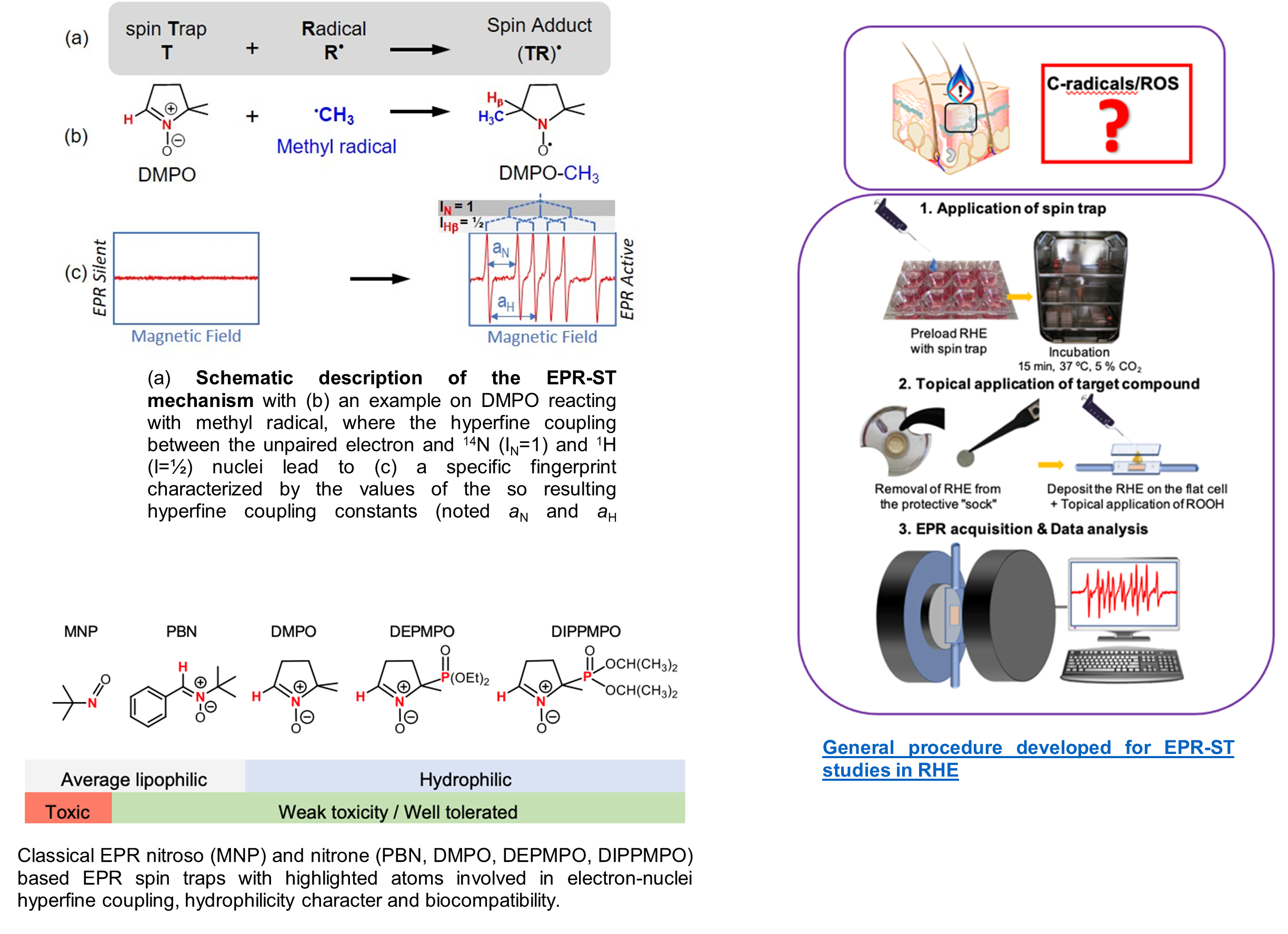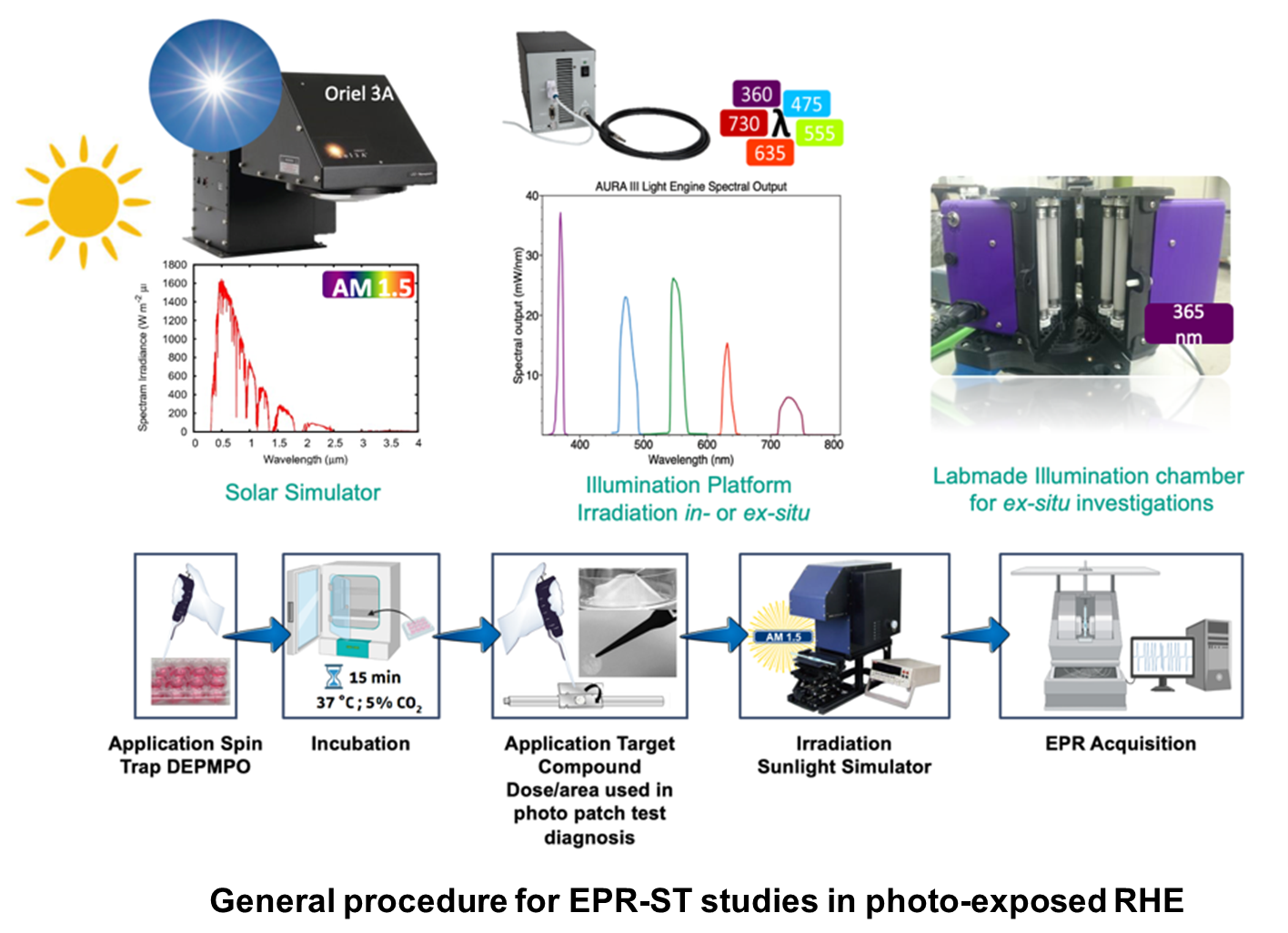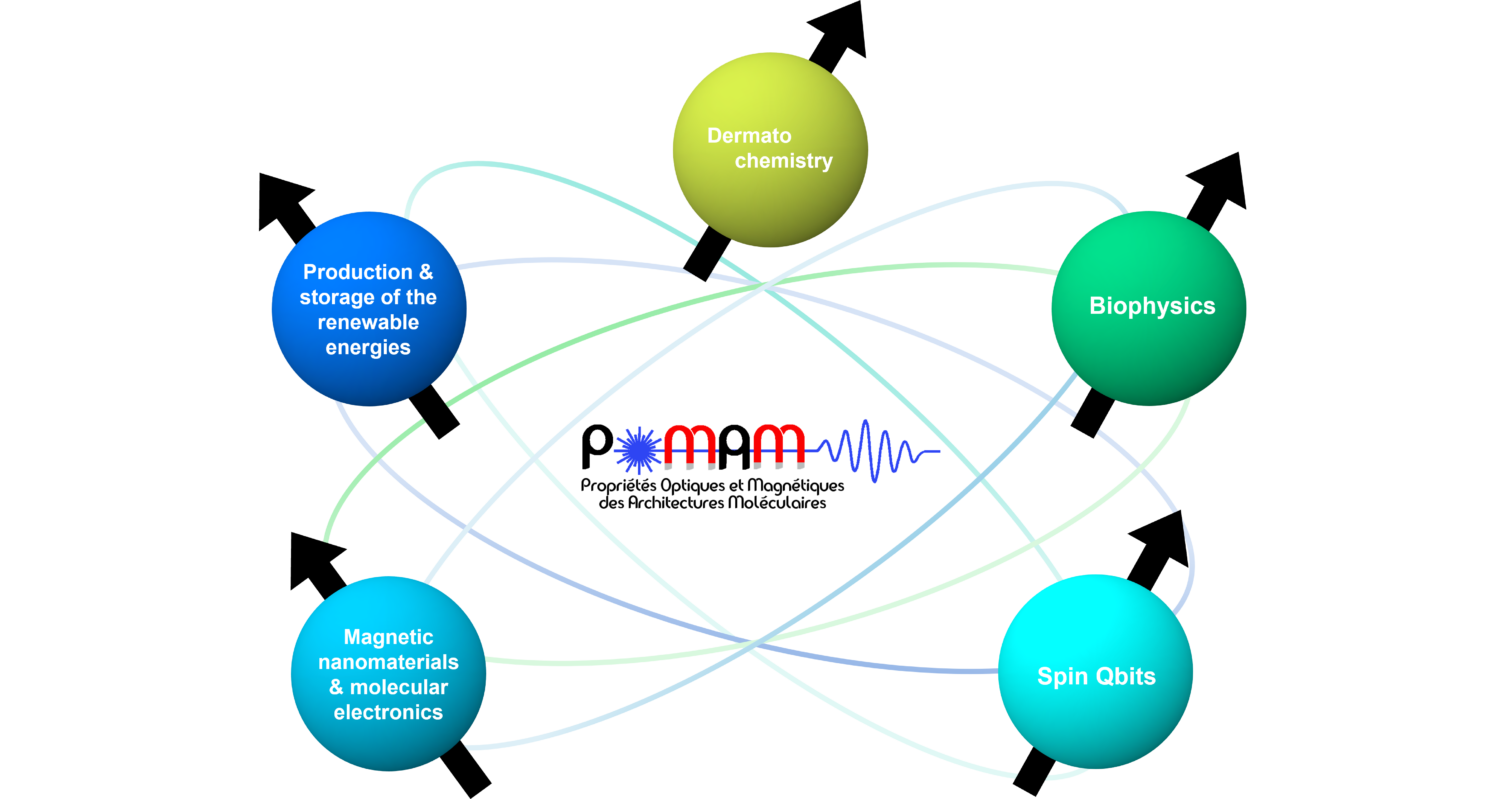Dermatochemistry: A quick overview

This research area focuses on the study of the chemical and molecular basis of skin sensitization and its clinical expression allergic contact dermatitis (ACD). ACD is an amplified reactivity of the skin induced by penetration into the epidermis of small chemicals that stimulate the immune system. It is characterized by an eczematous dermatitis which may be mild to severe, acute and of short duration, or chronic. It is considered to be the most frequent expression of immunotoxicity in humans. At least 20% of the general population is allergic to environmental skin allergens, and this proportion is constantly growing. Exposure to allergenic products and the risk of skin sensitization is, therefore, a mandatory regulatory issue for industry. It is essential to predict the sensitization potential of compounds before their use in consumer products. All studies helping to understand the chemical mechanisms leading to allergic and inflammatory skin reactions are therefore essential if a full risk assessment is to be carried out.
ACD occurs through a two-phase process: (i) an initial sensitization phase, i.e., sensitization of the individual acquired after first contact with the allergen, followed by (ii) an elicitation phase triggered after new exposure of the sensitized individual to the allergen

Immunogenicity is acquired by reaction of allergens with skin proteins, forming stable antigenic conjugates recognized and processed for presentation to the adaptive immune system. Our studies focus on understanding the molecular phenomena involved in ACD induced by allergens that can react with skin proteins through radical mechanisms. We are mainly interested in identifying potentially reactive radical intermediates derived from these compounds and their reactivity. This research topic has a multidisciplinary orientation combining (i) organic chemistry, (ii) identification of reactive radical intermediates by electron paramagnetic resonance (EPR), (iii) study of interactions with biological systems such as reconstructed human epidermis (RHE), and (iv) cellular immunotoxicology studies.
Of particular interest are naturally-occurring fragrance terpenes. Their easy autoxidation leads to the formation of hydroperoxides (ROOHs), which are strong allergens. Those derived from limonene (Lim-OOHs), linalool (Lin-OOHs) and citronellol (Citr-OOHs) share the spotlight. ROOHs owe their reactivity to the easy cleavage of the O-O bond. The formation of alkoxyl radicals in vivo is then likely, and the possibilities for the evolution of such oxygen (O-) radicals towards the formation of carbon (C-) radicals are wide-ranging. With the desire to get closer to what may happen in vivo, we have developed an EPR-spin trapping (ST) methodology to detect, identify and characterize in situ radicals issued from allergens in skin keratinocytes, the predominant cell type in the epidermis, using reconstructed human epidermis (RHE) 3D models from healthy donors.
EPR-ST is an indirect technique that take advantage of EPR sensitivity to detect low yields of short-lived radical species (nano to milliseconds). It was established and developed in the late 1960s and gradually became an unavoidable tool in the quest of transient reactive radicals. Not only EPR-ST allows free radicals detection, but it also enables potential identification and characterization. Consequently, EPR-ST found numerous applications in a growing list of research fields ranging from (photo-)biology and chemistry to material and medical sciences. The basis in ST relies on the use of a diamagnetic molecule a.k.a. the spin trap, that reacts with transient reactive radicals forming a paramagnetic spin adduct. Hence by nature, spin adducts are EPR active as electronic transition(s) are enabled when the degeneracy of the electronic level is lifted through the Zeeman effect: the cornerstone principle of EPR spectroscopy.

Experiments are based on a topical application procedure to get closer to real-life sensitization. Several O- and C-radicals were first identified in this complex environment using cumene hydroperoxide as proof of concept. Further, we successfully studied basic triggers of ascaridole, Lin-OOHs , Lim-OOHs and Citr-OOHs.
Monoalkoxyphenols such as eugenol and isoeugenol are another example. Both are well acknowledged to possess antioxidant-cytoprotective activities. Yet both are also important skin sensitizers, compelling the cosmetics and fragrance industries to notify their presence in consumer products. Eugenol and isoeugenol have been the subject of many mechanistic studies where the final quinone oxidation forms are blamed as the reactive species forming the antigenic complex with nucleophilic residues of skin proteins. However, radical mechanisms could compete with this pathway. The antioxidant activity results from neutralizing reactive oxygen radicals by the release of the phenolic hydrogen atom. The so-formed phenoxyl radicals can then fully delocalize upon the structure, becoming potentially reactive toward skin proteins at several C-positions. To obtain in-depth insights, we investigated in situ the formation of radicals from eugenol and isoeugenol by applying our EPR-ST methodology. Two modes of radical initiation were used, exposing RHE to (i) horseradish peroxidase, complementing RHE metabolic capacities or (ii) solar light using an AM 1.5 solar simulator. In these experimental approaches, where the antioxidant character of both compounds is revealed, O- and C-centred radicals were formed in RHE. Our hypothesis is that such C-radicals are relevant candidates to form antigenic entities prior to conversion into electrophilic quinones.

We have accordingly paved the way for a methodology allowing illumination of the samples with a solar simulator but also at specific wavelenghts within a labmade illuminationchamber. Studies have been extended to evaluate strong photoallergens such as ketoprofen (non-steroidal antiinflamatory drug) and oxybenzone or octoctrylene (UV filters in cosmetics).
In parallel, we also conduct computational density functional theory (DFT) calculations to highlight potential preferential paths of radical degradation for skin allergens.
In conclusion:
The most important aspect of this research is aimed at elucidating the chemical and molecular mechanisms, through radical-type processes, by which an apparently trivial organic compound can provoke skin allergy or cutaneous inflammatory reactions. As described above, our efforts focus on the use of EPR in combination with spin trapping, and more recently with spin scavenging, to identify and characterize radical species from allergenic xenobiotics in 3D RHE models.
